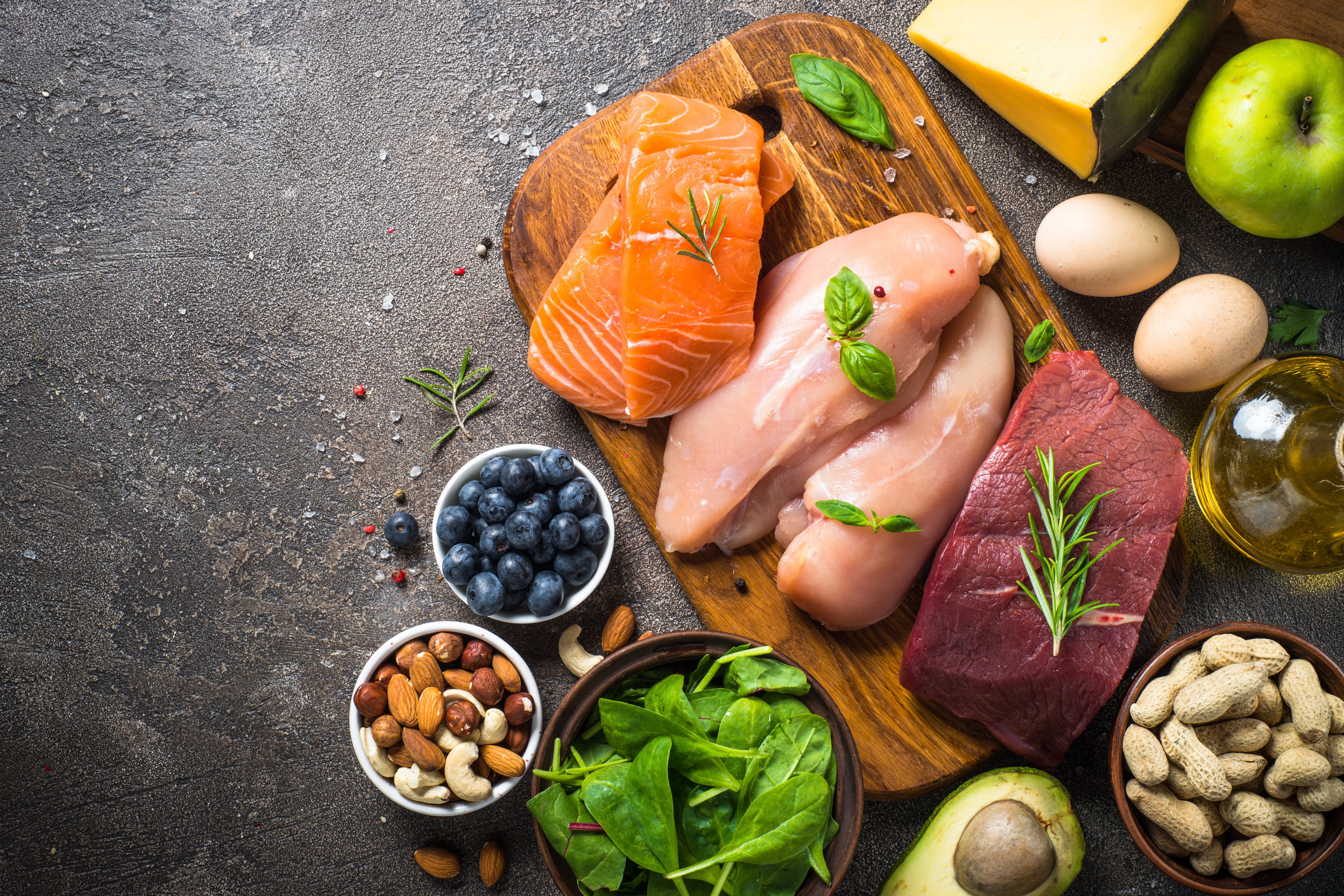
Eating healthy may seem like a simple task, but recent studies have shown that nutrition for older adults is not the same as the nutrition needed for younger generations. In addition, the primary food groups for adults may look the same, but there are a few significant differences between what a younger adult may need in their diet versus what a resident in a senior living community may require.
Food Pyramid for Older Adults
According to Tufts University Nutrition Scientists, the most important things an older adult must have to maintain a healthy diet are nutrient- dense food and a high-fluid intake. The other categories that are distinct for older adult nutrition highlight a balance of:
- 50% - Fruits and Veggies
- 25% - Grains (preferably whole)
- 25% - Protein-Rich Foods (nuts, beans, fish) and low-fat or fat-free dairy
products
Finally, the other areas that older adults may need to consider are healthy oils, herbs, spices, and fluids. Fluids can be found in water, soup, coffee, fruits, tea, and vegetables. Staying on the appropriate diet is essential for seniors trying to remain healthy. Unfortunately, some older adults may face specific dilemmas due to age.
Overcoming Issues
A significant reason for the emphasis on nutrition for older adults is that they may face particular difficulties that younger adults do not. It can be challenging as you age to get out of the house and physically go grocery shopping. A great way to combat this issue is by utilizing a grocery delivery system, such as Publix or Amazon. Another option could be for the senior to ask a friend or family member to pick up a list of groceries. If this still not an option, seniors can also rent scooters at various grocery stores or third-party vendors to get what they need. Other issues that revolve around proper nutrition for seniors are preparation and intake. In some extreme cases, an older adult may have trouble chewing or swallowing due to various health issues. If this is the case, an excellent way to solve this dilemma is by swapping out raw vegetables and fresh fruits with juiced, sauced, mashed, creamed, or cooked items. If a senior has issues cutting or cooking, it could deter them from healthily preparing food. If preparation is an issue, it can be solved by purchasing single-portion sized canned fruits or pre-cut packages of vegetables.
Other issues that revolve around proper nutrition for seniors are preparation and intake. In some extreme cases, an older adult may have trouble chewing or swallowing due to various health issues. If this is the case, an excellent way to solve this dilemma is by swapping out raw vegetables and fresh fruits with juiced, sauced, mashed, creamed, or cooked items. If a senior has issues cutting or cooking, it could deter them from healthily preparing food. If preparation is an issue, it can be solved by purchasing single-portion sized canned fruits or pre-cut packages of vegetables.
Lastly, for seniors who have issues standing for extended periods of time, such as in front of the stove and using kitchen utensils, they may find refuge by ordering prepared meals or utilizing a microwave. A family member, friend, or senior living community service provider may also aid seniors who need help with meals.
If you have older loved ones, and want to ensure they are eating healthy, it may be beneficial for them to reside in a senior living community. One of the best ways to ensure nutrition for older adults is to either shop and prepare food for them yourself or help them transition into a senior living community.
At Brickmont Assisted Living communities, we ensure each resident is provided healthy, nourishing meals three times a day. We also ensure that residents are able to dine in a comfortable, safe environment. Our memory care community allows for personalized assistance with dining, guaranteeing that every resident enjoys healthy and delicious meals.
Brickmont Assisted Living provides senior care and assisted living services throughout Georgia for older adults who want to live a valuable life in comfort. At Brickmont, we want all seniors to live where they are loved. Contact us to learn more!





.png)